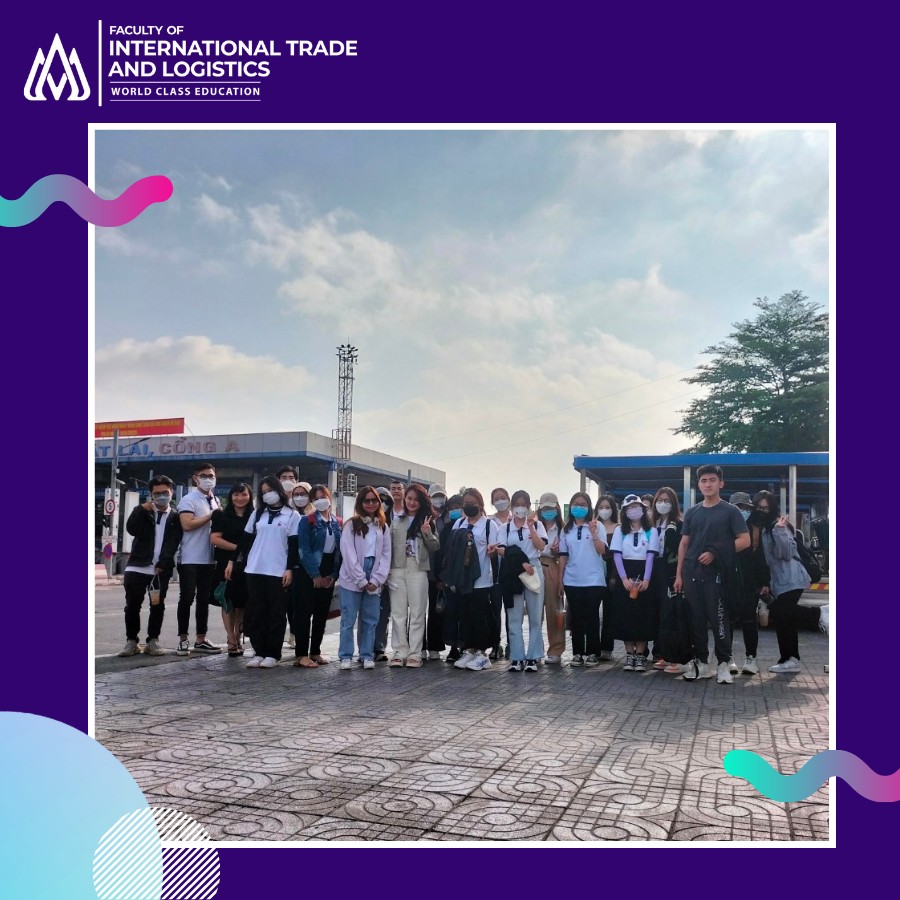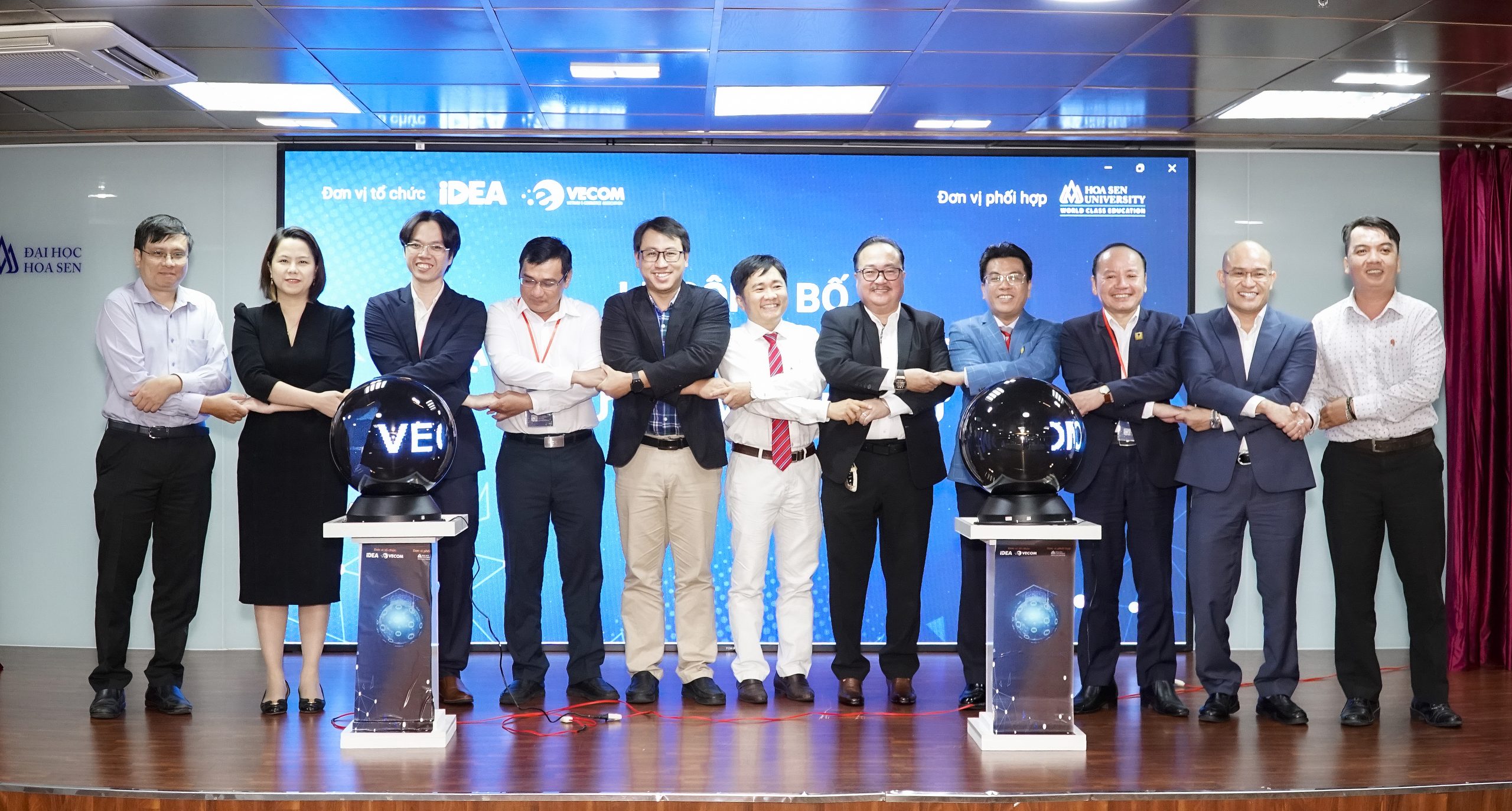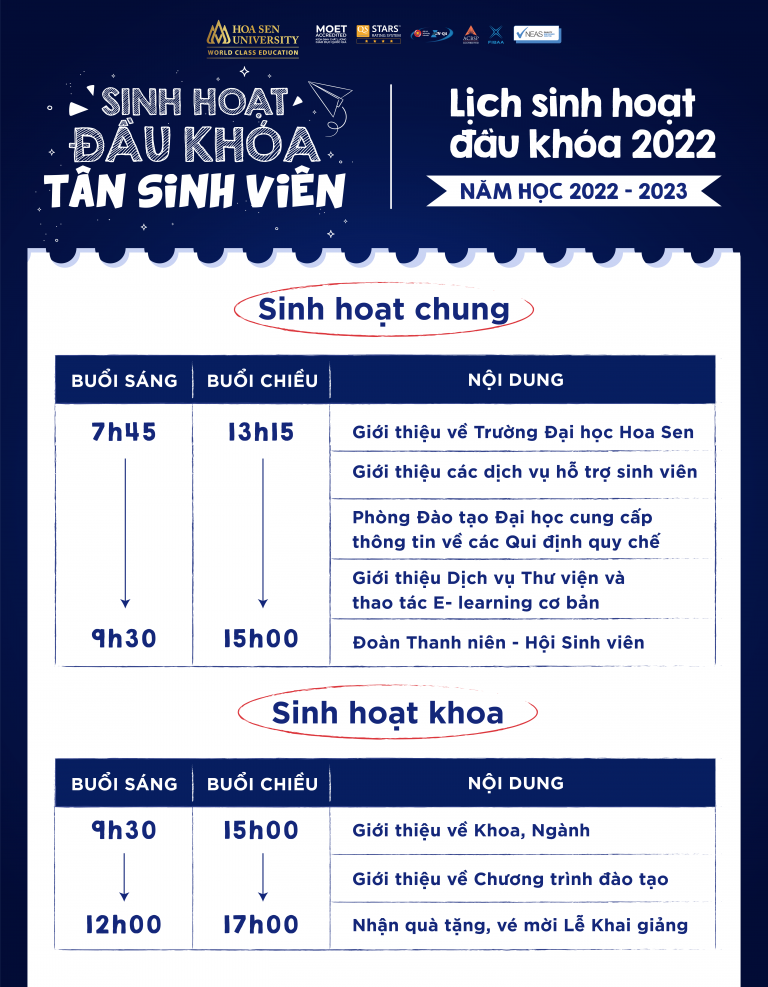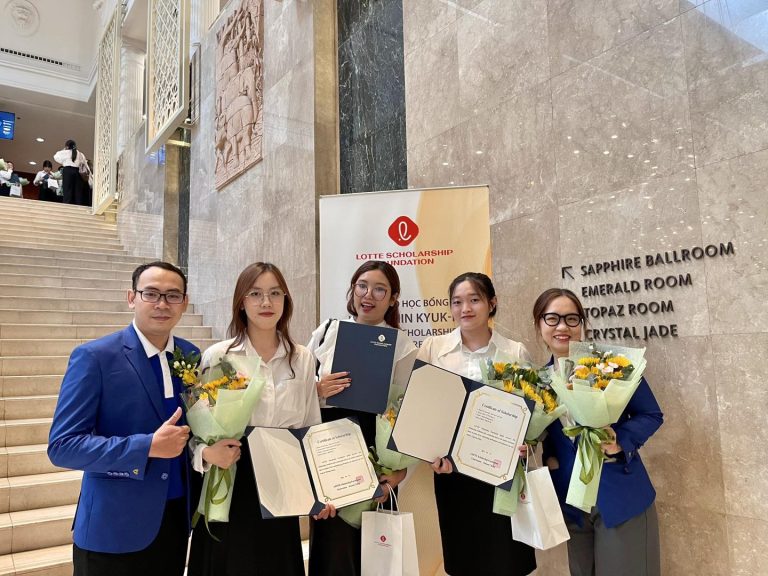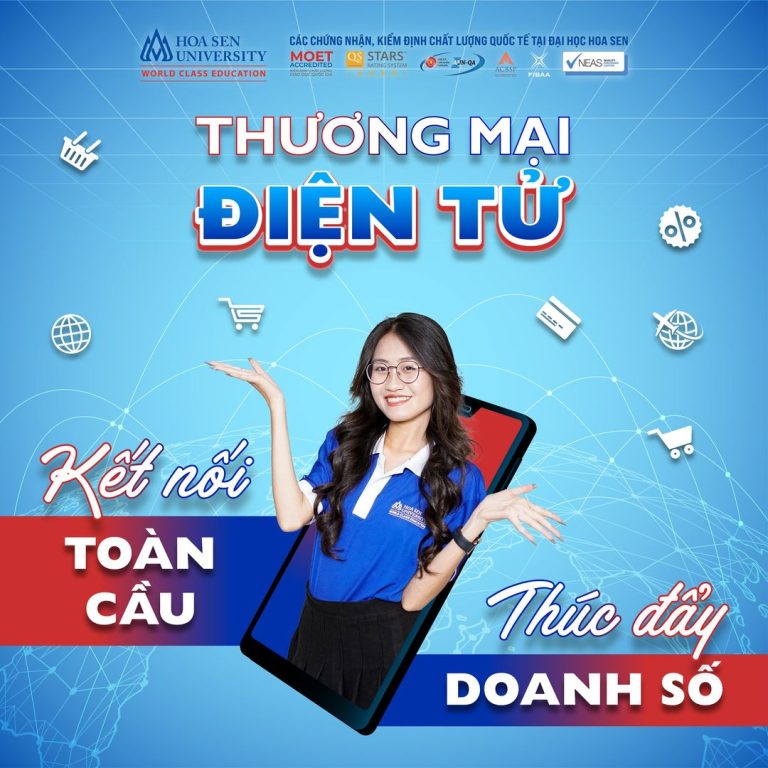TOPIC 7: APPLICATION OF FINTECH TECHNOLOGY IN THE FINANCIAL SECTOR
APPLICATION OF FINTECH TECHNOLOGY IN THE SMALL FINANCIAL INDUSTRY
1. FINTECH TECHNOLOGY APPLICATION IN THE FIELD OF FINANCE SBV:
It is expected that from 2021, the application will be officially received and approved for banks and Fintech solution providers to participate in the Fintech Operation Trial Mechanism in the banking sector. According to the Draft Decree being developed, the Fintech fields that can participate in the Fintech Trial Mechanism include Payment, Credit, Peer-to-Peer Lending (P2P Lending), Customer Identification Support, Programming Interface Open applications (Open API), Innovative technology application solutions such as Blockchain, Other services supporting banking activities (credit scoring, savings, capital mobilization…) Fintech solutions are 1-2 years depending on the specific solution and field, counting from the time of being approved for testing by the Prime Minister. Based on the summary report and monitoring process, submit to the Prime Minister the next solution, including Stopping the test, certifying the completion of the test, or extending the test. This is an opportunity and a challenge in the development of the digital economy in Vietnam. What will we prepare to catch up with the trend in the 4.0 economy?
2. FINTECH TECHNOLOGY IN Peer-to-Peer Lending (P2P) SITUATION AND CHALLENGES IN VIETNAM
In this form, peer-to-peer lending businesses provide an online transaction platform for borrowers to directly connect loans with lenders. All borrowing and repayment activities (principal and interest) between borrowers and lenders are recorded and stored by the online transaction platform by electronic and digitized tables. Peer-to-peer lending is made on the basis of information technology, businesses operating in this type use Big Data technology to collect all data of both lenders and borrowers.
2.1.P2P benefits Promote financial inclusion, especially in areas where the financial system is underdeveloped, people, business households, and Small and Medium Enterprises (SMEs) have little access to financial banking services with low cost and fewer procedures. The appraisal of customer profiles is done online faster and cheaper than the traditional method, investors have the right to choose the partners they want to borrow on the peer-to-peer lending platform. The rapid progress of science and technology, the internet, mobile devices, and especially big data encourages the birth and development of technology products. Peer-to-peer lending also contributes to repelling black credit.
2.2.Risk Risk of policy, legal framework, credit law for supervision, and management for peer-to-peer lending activities. Risks for borrowers and lenders when engaging in peer-to-peer lending.
3. APP Lending ACTIVITIES STATUS AND CHALLENGES IN VIETNAM
3.1. How much is the loan interest rate called “usury”?
According to Article 201 of the Penal Code 2015, amended and supplemented in 2017, lending at an interest rate 5 times or more of the highest interest rate prescribed in the Civil Code and earning illicit profits is considered usury. – Pursuant to Article 468 of the 2015 Civil Code, the interest rates are as follows:
3.1.1. The interest rate of the loan shall be agreed upon by the parties. – Where the parties have an agreement on the interest rate, the agreed interest rate must not exceed 20%/year of the loan amount, unless otherwise provided by other relevant laws. Based on the actual situation and at the proposal of the Government, the National Assembly Standing Committee shall decide to adjust the above-mentioned interest rates and report to the National Assembly at the nearest meeting. – In case the agreed interest rate exceeds the limit interest rate specified in this Clause, the excess interest rate will not take effect.
3.1.2. In case the parties have an agreement on interest payment, but the interest rate is not clearly defined and there is a dispute over the interest rate, the interest rate shall be determined equal to 50% of the limit interest rate specified in Clause 1 of this Article at the time of payment. pay.
3.2. Actual situation:
3.2.1. First form of loan: Lenders will create applications (apps) on phones such as “tocdo loan”, “Moreloan”, “VD online”. These applications are widely introduced through channels such as facebook, Web for easy access to borrowers. When there is a need, the application will ask the borrower to create an account to provide personal information (photo, ID card, bank account number) and agree to their terms, including mandatory terms. the borrower consents to the application to access the mobile phone book. The actual borrower is not allowed to borrow the correct amount, but minus a number called service fee or prepaid interest. If the interest is late, there will be a penalty of 2-5%, and the loan amount through the application can be up to 3% / day, 90% / month. When the due date is near, there will be staff reminding the debt and if not paying correctly, someone will call relatives and friends to threaten the borrower.
3.2.2. Second form of loan: Lenders will create applications (apps) on phones. These applications are widely introduced through channels such as facebook, Web for easy access to borrowers. The way it works is that the interest rate doesn’t seem to be high, but management fees, debt collection, consulting fees, etc. are very high. For example, borrow 4 million in 7 days with an interest rate of 0.02%/day. But actually received only about 2 million – 3 million VND due to the management fee deduction. Borrowers must provide information about ID card, phone. After that, when not paying the loan on time, they will be guided to other applications to borrow, borrowing through many apps will increase the amount to be paid many times, borrowing 4 million can increase to 20 million. If the borrower does not pay these subjects, they set up a virtual facebook on the internet to defame, defame, terrorize the borrower’s family, etc. There are even cases where customers download the app, then only ask for loan information but then change their mind not to borrow. But after that, he was constantly asked for debt for the reason that it was a consulting fee.
3.3.Challenge:
There is no clear law and strict sanctions on this form of lending through this app – People’s need today to cover small but urgent consumption is still a lot. – While that loan is orthodox at commercial banks, although the loan procedure has been greatly reduced, it is still not as fast and simple as borrowing through the app, causing people’s fear of banks.
4. COMMENTS AND CONCLUSION
Completing the legal framework in Vietnam for revolutionary financial products and services, solution providers, lenders, and borrowers. Research, update and amend the Law on Credit Institutions. In addition, it is necessary to study lending models in the world, and experience in managing and monitoring this activity, thereby building an optimal legal framework to promote the positive aspects of these products and services. Introduce regulations and policies to minimize risks and negative impacts on participants, and ensure safety for people, solution providers, and lenders, thereby promoting development. financial inclusion in Vietnam. Participants (businesses and people), need to carefully consider and calculate carefully to avoid falling into the consequences of loans, black credit… In which, people and businesses should carefully learn information, Be careful when joining lending platforms.

